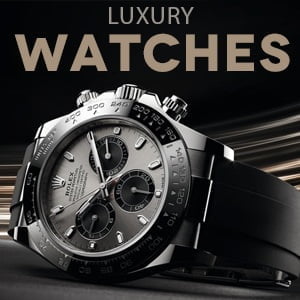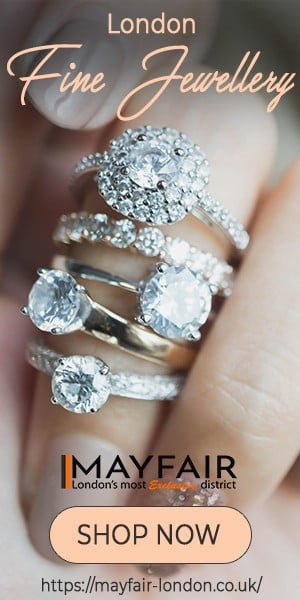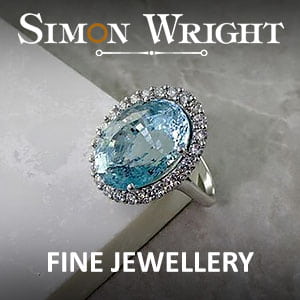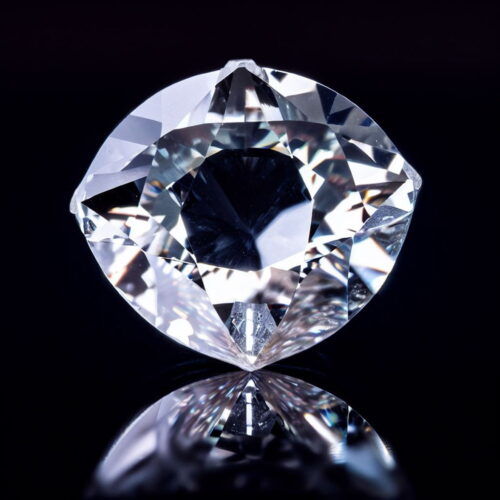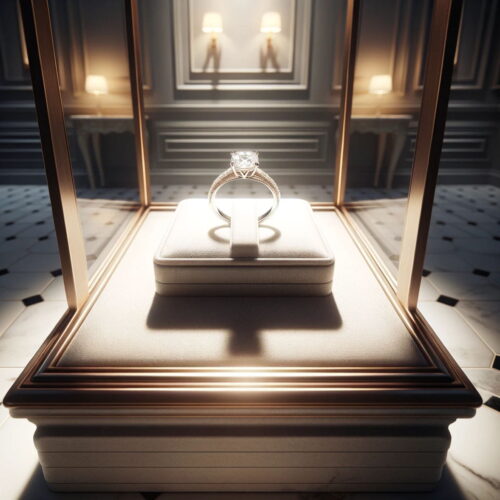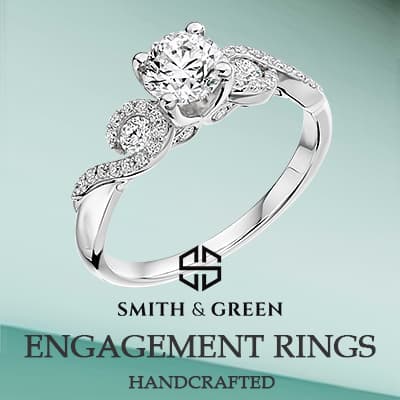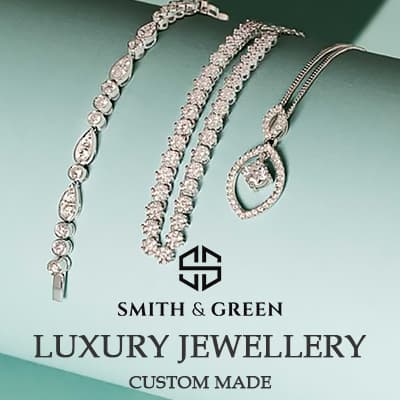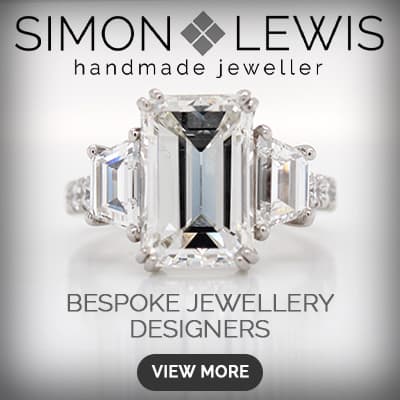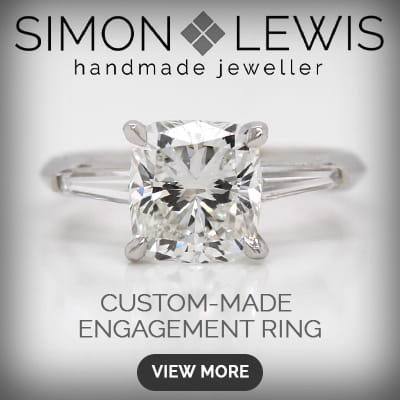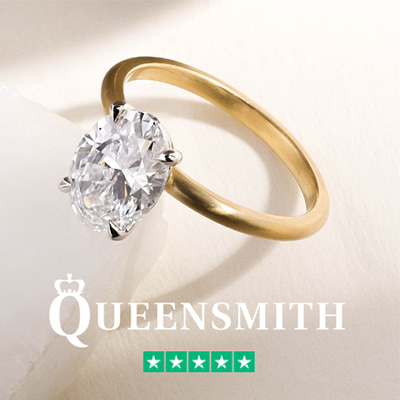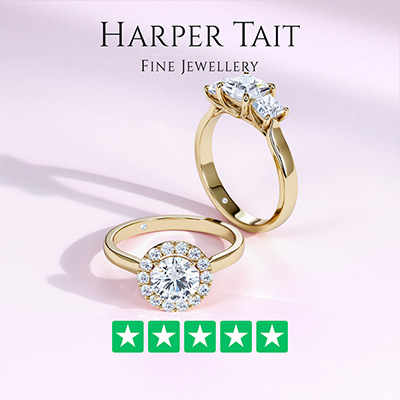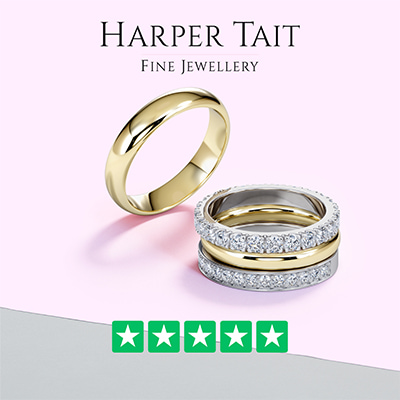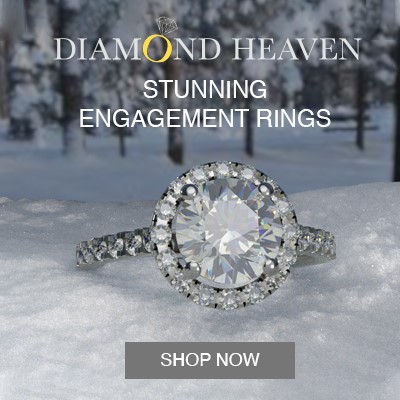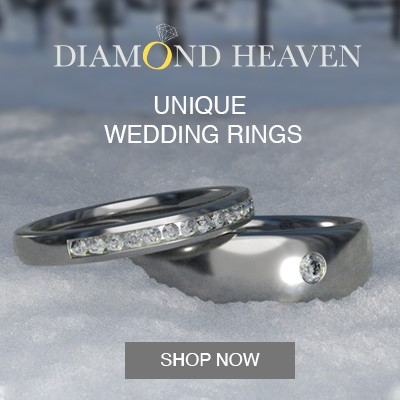When it comes to commemorating one of life’s most significant moments, there’s no sparkle quite like a diamond ring. But how do you choose the right one? And more importantly, where? Let’s set off on a journey from the digital aisles of online shopping to the plush interiors of physical stores.
Laying the Foundation: Know the 4Cs
Before anything else, it’s crucial to get familiar with diamond terminology.
Colour: On a scale from D to Z, this is where a diamond’s hue is judged. Closer to D means the diamond has little to no colour, making it rarer and pricier.
Clarity: This criterion looks at a diamond’s imperfections. From ‘Flawless’ to ‘Included’, it tells us how many blemishes or inclusions a diamond has.
Cut: Not to be mistaken with shape, the cut determines the diamond’s brilliance. It’s the reason why some diamonds seem to shine brighter than others.
Carat Weight: In simple terms, this is about size. But bigger isn’t always better. A well-cut smaller diamond can outshine a poorly-cut larger one.
Understanding the 4Cs is akin to knowing the ingredients before you whip up a dish. Once you’ve grasped these basics, you’re well on your way to making an informed choice.
The Digital Frontier: Online Diamond Shopping
Whether it’s Eric Ross or Harper Tait, online jewellers bring a world of options to your screen. Fancy a vintage diamond ring or perhaps a rose gold diamond ring? A few clicks, and there you have it.
Lab-grown Vs. Natural Diamonds
Online platforms are also leading the charge in offering lab-grown diamonds. They might be identical to natural diamonds in many ways, but they’re often more affordable and sustainable.
The Classic Route: In-Store Purchases
There’s something enchanting about stepping into a store like Hatton Garden jeweller. It’s tactile, personal, and luxurious.
Trying on a diamond solitaire ring or seeking advice on the princess cut diamond ring from experts in stores like Smith Green Jewellers or Zuzana Jewellery has its unique charm.
Trust and Assurance
Holding a diamond, inspecting it under the light, and having immediate validations provides a sense of trust. There’s no ‘wait time’ or uncertainty.
Work with Your Budget
Be it online or offline, always have a budget in mind. Remember, it’s not about the size but the sentiment.
Seek Recommendations
Have friends or family who’ve recently made a similar purchase? Get their insights. They might point you to the next Hatton Garden jeweller or warn you about common pitfalls.


Understanding Diamond and Metal Pricing: A Comprehensive Breakdown
When it comes to valuing diamonds and metals, there’s a lot that goes behind those shiny price tags. Here’s a simple chart to help decode the complexities of diamond and metal pricing:
Diamond Pricing Chart
| Factor | Description |
| Carat Weight | As the weight goes up, so does the price. Larger diamonds are rarer and, thus, more expensive. |
| Cut Quality | The better the cut, the more brilliant the diamond. A superior cut typically commands a higher price. |
| Clarity | Diamonds with fewer blemishes and inclusions are pricier. ‘Flawless’ diamonds are at the top of the price range. |
| Colour | Diamonds closer to ‘D’ on the colour scale (meaning less colour) are more valuable. |
| Shape | Some shapes are more expensive due to demand and cutting wastage, e.g., round cuts often cost more. |
| Certification | A diamond with a certification from a reputed lab assures its quality, sometimes fetching a higher price. |
Metal Pricing Chart
| Metal | Factors Determining Price |
| Gold | Purity (karats), global market price, weight, design intricacy, and craftsmanship. |
| Platinum | Weight, purity, rarity (it’s rarer than gold), and global market prices. |
| Silver | Purity, global market price, weight, and design complexity. |
| Palladium | Weight, global market rates, rarity (more abundant than platinum but still rarer than gold), and purity. |
| Titanium | Design, purity, weight, and the cost of craftsmanship (as it’s hard to work with). |
The price of both diamonds and metals isn’t just an arbitrary number. It’s based on a combination of market forces, intrinsic qualities, and craftsmanship. When shopping for jewellery, it’s essential to be informed about these factors to ensure you’re getting value for your money. Armed with this knowledge, you’re better prepared to navigate the world of diamonds and precious metals!
Fun Fact: Did you know diamonds can only be scratched by other diamonds? Quite tough, eh?
Concluding Sparkles
Whether you decide to buy a diamond ring online or in-store boils down to personal preference. Some prefer the tactile joy of the in-store experience, while others relish the vast choices online platforms offer.
Regardless of your choice, remember that a diamond ring is a symbol of enduring love and commitment. So, take your time, do your research, and find a ring that resonates with your story. After all, every diamond has a tale to tell. What will yours be?
FAQs:
Can a lab-grown diamond be differentiated from a natural one? : No, they’re nearly identical, with both having the same sparkle.
Does a higher carat mean a better diamond? : Not always. Cut, clarity, and colour also determine quality.
Which is more valuable: platinum or gold? : Platinum is rarer and generally more expensive than gold.
Can I trust online jewellers like Eric Ross? : Yes Eric Ross is a reputable master jeweller in Hatton Garden.
Why are round cut diamonds typically pricier? : They’re in demand and have more cutting wastage.


